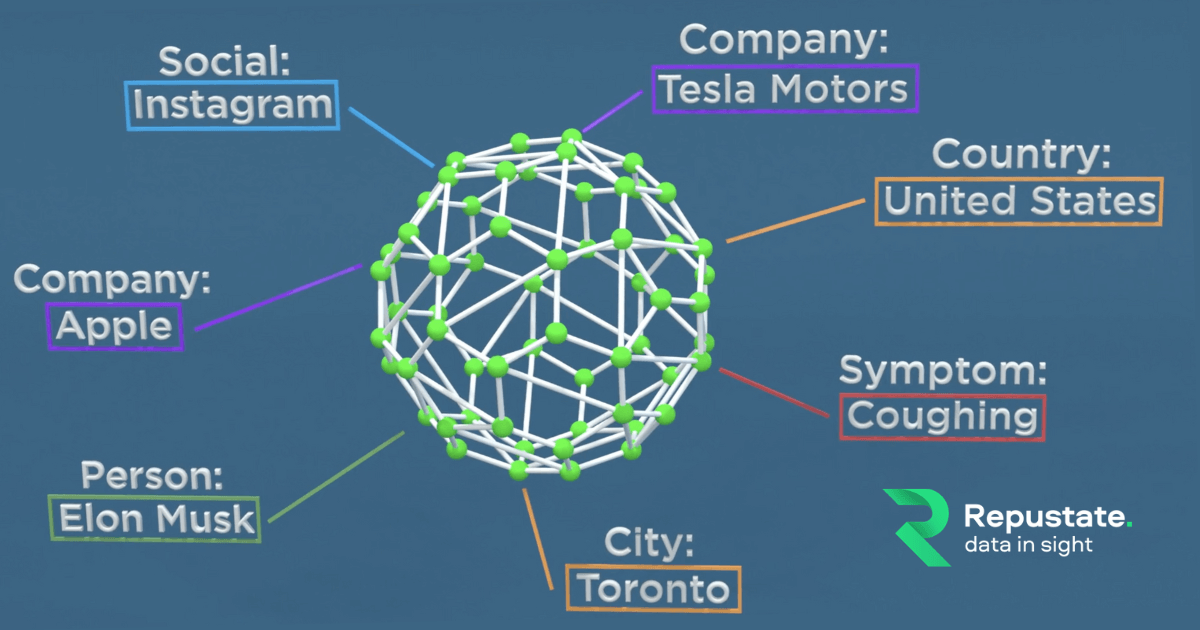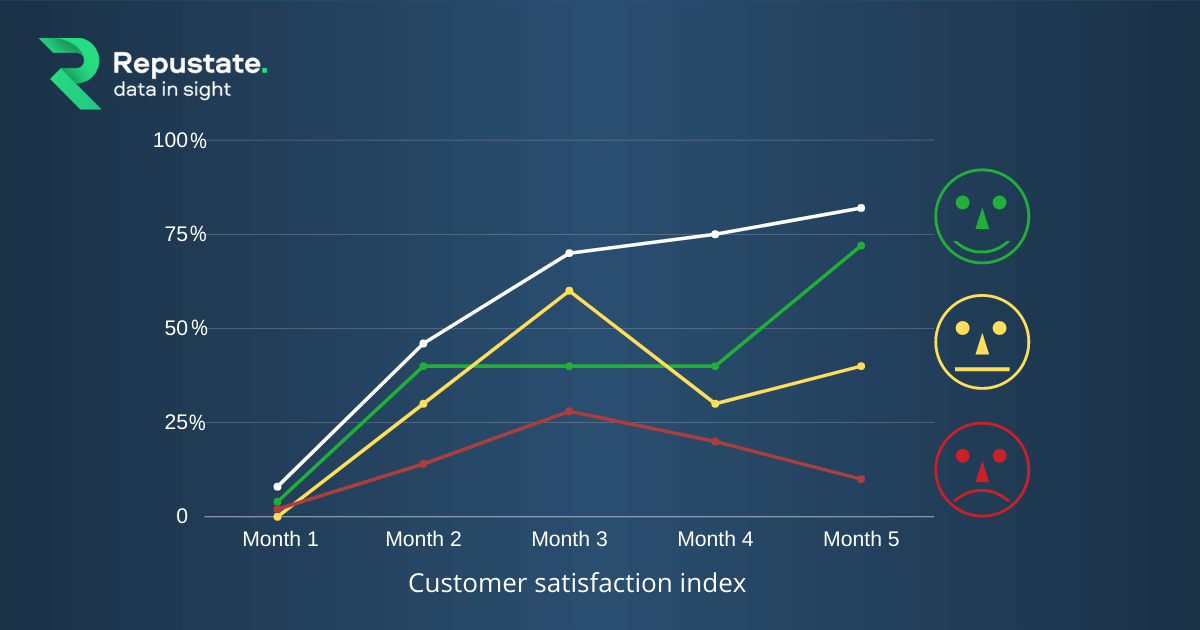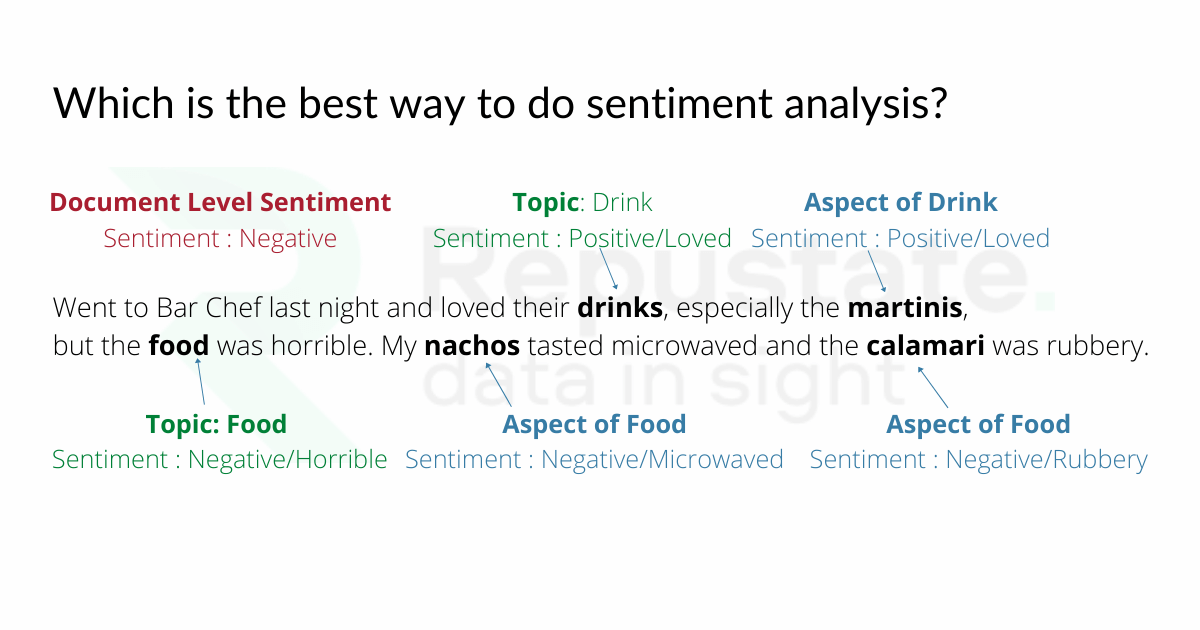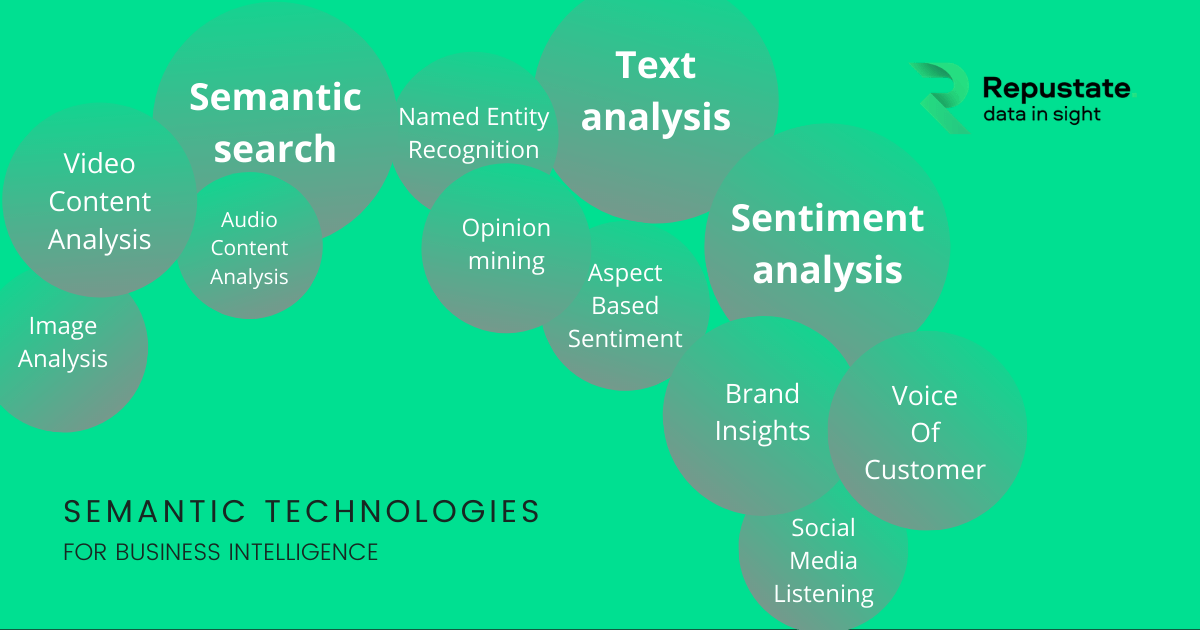EX MACHINA: Humans, Machines, Language and Semantic Technologies
In Alex Garland’s 2014 sci-fi thriller , when Caleb the plot’s anti-hero first meets Ava, an AI-driven humanoid, the first thing he does to test her intelligence is to engage her in a conversation. “So we need to break the ice. Do you know what I mean by that?”, he asks. “Yes”, she replies. He tests her further, “what do I mean?”. “Overcome initial social awkwardness”, she quips. This small exchange shows that language is a definitive, possibly the most decisive, aspect of what we consider human. Semantic technologies simplify the language aspect of human understanding and emotions.
The most significant difference between human beings and other species is our ability to learn and use rule-based languages to communicate with each other. Although essentially human, language can be subjective and ambiguous. There are many different languages that possess elements that can create slight or subtle shades of meaning through connotation and subtext. Linguistic devices such as sarcasm, idioms and slang diminish the literal meaning of words and phrases. So the ability to enable computers to correctly recognize, comprehend and extract meaning from text is the most important step toward the achievement of artificial intelligence.
Semantic technologies and natural language processing
About 80% of company data is unstructured (think of chat bots, social media, emails, survey answers, support queries, customer reviews, text documents, etc.). But data structure is important for knowledge discovery and analytics. To overcome this basic challenge, data scientists use semantic technologies to turn unstructured data into high quality information and actionable knowledge, to drive optimal decision making for business.
Semantic technologies are automation tools developed so computers can understand human language more quickly, accurately and at scale. Examples of semantic technologies include text mining, sentiment analysis, and semantic search. The ultimate goal of semantic technologies is to ensure that computers can identify, extract and classify meaning within data as it is expressed in text files.
Natural language processing, or NLP for short, is focused on enabling computers to understand and communicate using human language. When we unpack the term, the meaning and significance of natural language processing becomes more obvious. “Natural” implies human, while “language” suggests a rule-based system of communication, or an exchange of meaningful symbols. “Processing” implies some form of software programming that manipulates or extracts data from stored, electronic files. Now the meaning of NLP begins to surface quickly. NLP is the software processing of human language for the purpose of manipulating and extracting data from electronic text files.
NLP seeks to understand social or conversational language although its underpinnings are the basic linguistic rule-based disciplines such as vocabulary, grammar, punctuation, semantics and syntax. Natural language processing sits at the juncture of linguistics, computer science and artificial knowledge. Language is the basic foundation and raw material for human intelligence. NLP can be understood as a subset of artificial intelligence because it’s goal is to ultimately have computers understand, mimic and perform various types of human language activities. It includes methods such as lemmatization, part of speech tagging, named entity recognition, syntactic parsing, fact extraction, sentiment analysis and machine translation.
What is text analytics and how is it related to Data?
The data we create every day grows exponentially. The digital universe – or the data we create and copy annually – will reach 44,000,000,000,000,000,000,000 bytes in 2020. That’s a lot of data. Most of it is composed of unstructured, text-heavy data made up of trillions of electronic words with multiple possible meanings scattered across billions of various digital documents, files and databases. Understanding this unstructured text data is essential to the future growth of your business.
Unstructured text data represents characters of readable material excluding numbers and images. Basically words that possess meaning and can be understood by a reader who speaks and understands the natural language in which the text appears. Examples of unstructured text data are company documents, social media posts, product reviews, customer and employee survey answers, call center support notes, e-mail messages, customer records, and claims. This text data contains important business intelligence that lies hidden within, but requires your staff to perform countless, tedious hours of manual work to extract, prepare and analyze it manually. This manual process is slow, inaccurate and inefficient.

Text Analytics is the automated solution to taking your voluminous text data and quickly and accurately analyzing it so you can apply its data-driven insights to solving your various business challenges. Text analytics is the process of analyzing unstructured text, extracting relevant information, and transforming it into information that your business can leverage for growth.
The analysis and extraction process takes advantage of various semantic techniques that fall under the umbrella of artificial intelligence (AI). They originate in computational linguistics/natural language processing (NLP), statistics, and machine learning (ML). This automated semantic technology is faster, more accurate and cost effective. You can use text analytics to conduct sentiment analysis, social media monitoring, enterprise semantic search, corporate culture assessment and competitive business intelligence. Text analytics is the key to unlock the power of your data to strategically understand your customers, employees and competitors. One excellent use case example of text analytics at work is sentiment analysis.
What is sentiment analysis and how does it work?
Semantic analysis is the semantic mining of unstructured text data used to extract, classify and understand the feelings, opinions or meanings expressed by customers, employees or anyone in their writings. Repustate’s sentiment analysis API can perform sentiment analysis to extract semantic insights from social media, news, surveys, blogs, forums or any of your company data.

Businesses use sentiment detection to understand the social sentiment toward their brand, product or service by monitoring online conversations and other publicly available text data that semantically expresses feelings and opinions.
Semantic analysis determines if a chunk of text is positive, negative or neutral. Natural language processing and machine learning techniques are used to assign sentiment scores to the topics, categories or entities within a phrase.
Repustate’s sentiment analysis uses NLP techniques such as part of speech tagging, lemmatization, prior polarity, negations, amplifiers & other grammatical constructs, and semantic clustering to assign sentiment scores to social media posts, research survey questions and documents such as -1 (true negative) and 1 (true positive). A score of 0 or very close to 0 (±0.05) can be interpreted as being neutral; either there was no sentiment expressed or it was ambiguous.

Sentiment analysis can help you understand what a person’s feelings are behind a piece of content which can give you better insights into your customers and the content they prefer allowing you to personalize their communication. Knowing the emotion behind a post, review, etc can provide important context for how you proceed and respond. This can assist in your strategy to better acquire and retain customers by refining the targeting and messaging you use for your marketing campaigns.
Why do you need a text analytics strategy?
The main goal of your text analytics strategy needs to be the formulation of actionable insights. Data-driven intelligence is composed of actionable insights that your business can confidently apply effectively to a specific business challenge that is presently an obstacle to your ability to grow revenue, reduce costs or drive efficiencies.
With an ever increasing amount of text being generated every day, it’s important to have the right text analytics tools at your disposal. For your business to maximize its return on its data and accelerate growth, you must consider automating the process of text analytics to quickly find, extract, analyze and distill your text data into profitable business intelligence.
 Home
Home
 Oct 20, 2020
Oct 20, 2020

 Jeremy Wemple
Jeremy Wemple
 Dr. Ayman Abdelazem
Dr. Ayman Abdelazem
 Dr. Salah Alnajem, PhD
Dr. Salah Alnajem, PhD
 David Allen
David Allen

 Repustate Team
Repustate Team

